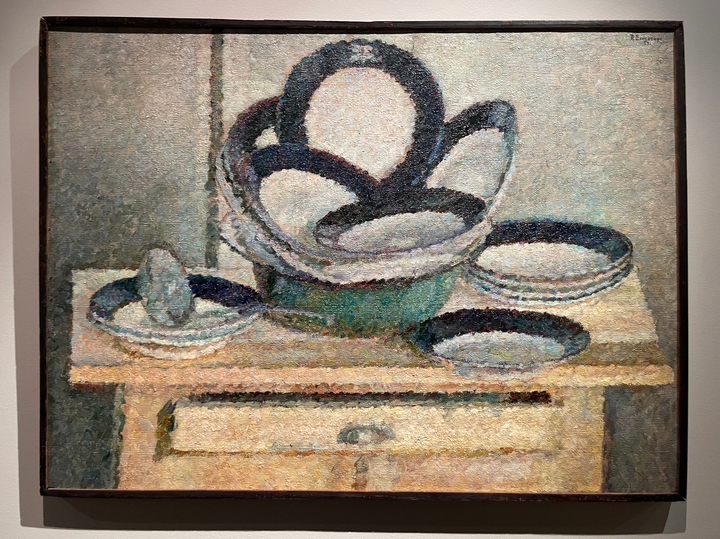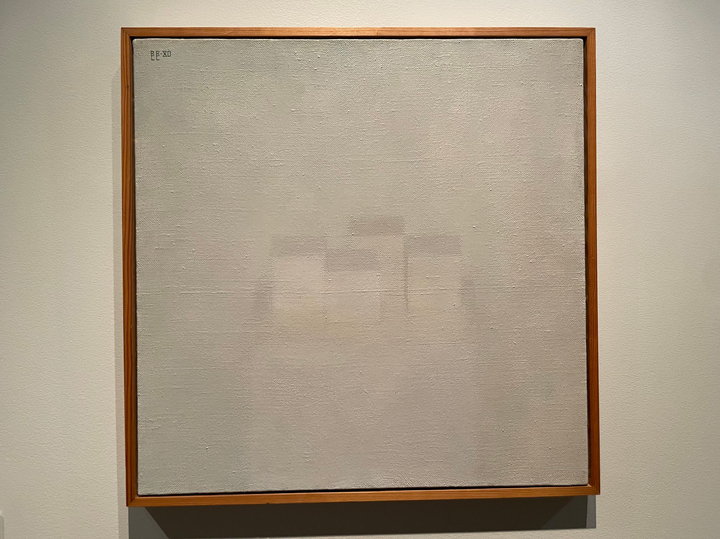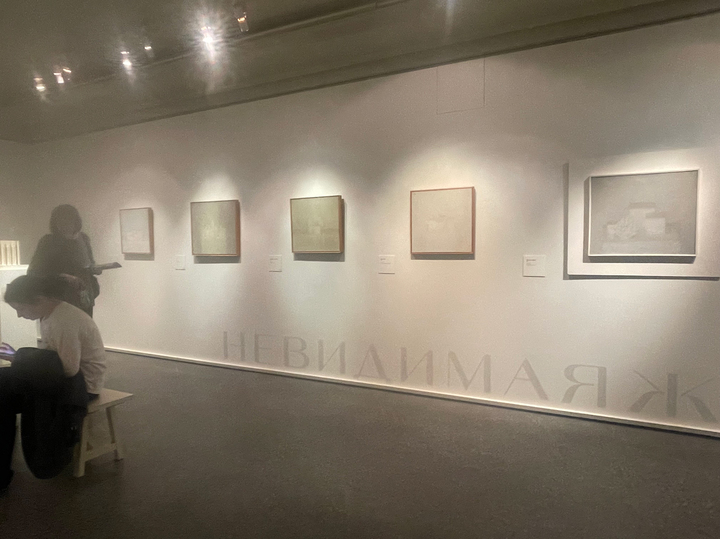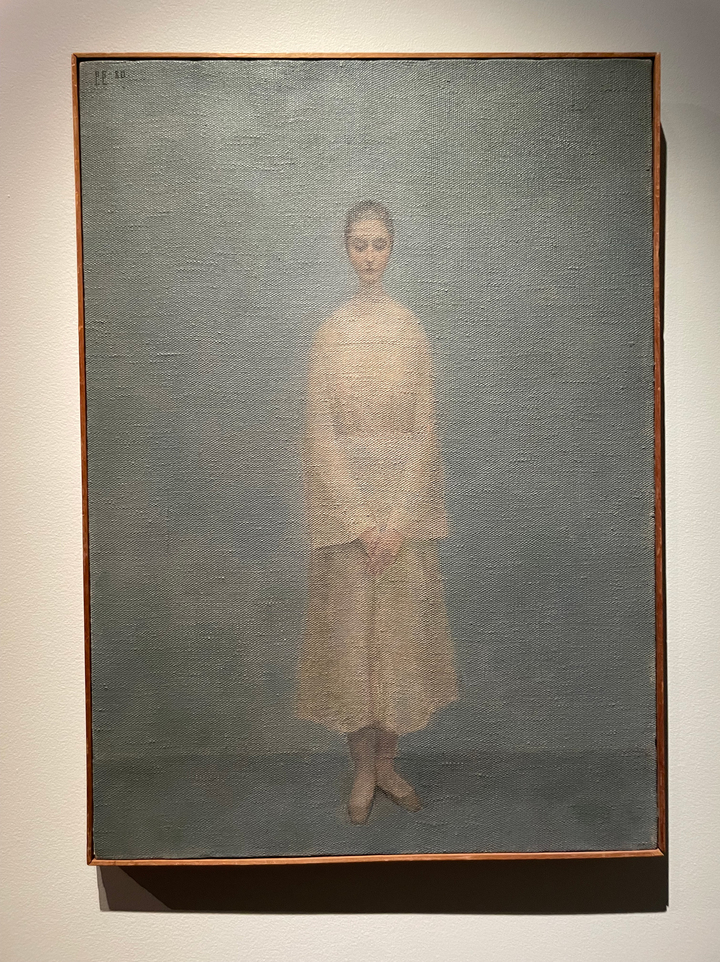An exhibition dedicated to the 100th anniversary of Vladimir Weisberg opened at the Pushkin Museum
[ad_1]
Highlight color
“From Color to Light” is the title of the monographic exhibition that opened in the gallery of European and American countries and dedicated to the 100th anniversary of Vladimir Weisberg. This nonconformist is known for his painting style, which is called “white on white.” On his canvases the outlines of objects and figures appear vaguely, as if merging with the white background. However, the current project shows a different Weisberg – before the white period. However, his famous works are also on display.
This project has a double dedication. On the one hand – to the master whose works are on display – Vladimir Weisberg. On the other hand, Anna Chudetskaya, who prepared the exhibition, but did not live to see its opening. At the end of last year, she was hit by a car in Nizhny Novgorod. The final section is about Anna Yuryevna, but the entire project is a tribute to the great art critic.
In the first hall, viewers are greeted by still lifes and portraits synonymous with Paul Cézanne. Weisberg was a fantastic colorist and admirer of the French impressionist’s talent. These works from the 50s and 60s demonstrate his painting skills. The focus of his attention is on the simplest objects, such as oranges lying on the table, an umbrella in the hallway, a newspaper. He even paints models, and more often than not they are women, as if they were still lifes. Later, many models will leave memories that he painted them like an apple. In these works one can feel the warmth of the thaw. Weisberg plays on the contrast of warm and cool tones, creating light, impressive images.

The prologue to the white period, which will begin in the 70s, is a table where the artist explores the perception of painting. In particular, the first column is entitled “The experience of self-observation of pictorial information”, it contains three points: the information is instantaneous – it is perceived as a “sensory signal”; long-term information is perceived as an “analytical signal”; information is endless – perceived as a “subconscious signal”. Weisberg includes the painting of Matisse in the first information, Cezanne in the second, long-term, and in the third – “the highest periods of creativity for many painters are usually at the end of life” (the authors do not specify). It was at this time that the artist began teaching, in particular at the advanced training school at the Moscow Architectural Institute. That is, his ideas not only sprouted within him, but also among his students. By the way, there is a myth that Weisberg did not recognize the avant-garde. Actually this is not true. He admired Malevich’s “Black Square”, but said that, from his point of view, “Black Square” “needs to be taken and written,” in the sense of depicting black coloristically with the help of strokes and shades. This is exactly what he did in his white period. In the section that precedes it, you can find the work “Watermelon and Grapes” (1960), which is precisely an homage (dedication) to Malevich.

The famous White Period is preceded by a series of graphic works in which the artist uses watercolor, graphite pencil and charcoal. For him, this is part of the refraction of his sensory perception of painting. After this, painting with light begins. The impetus for her was Federico Fellini’s film “Eight and a Half” (1963), which was awarded two Oscar awards. In the film we watch musicians who turn into abstractions. These figures were the first subjects that Weisberg depicted in his white style. The painting is called “Nine Columns”. These are tall pillars almost merging with the space of the canvas. Around that time, Weisberg received his own workshop on Arbat. He also painted its walls white and tried to make all the contents of the room bleached. This is his painting from now on.

Everything he painted, be it a female figure, flowers or cones, balls and cubes, was all written in color, with white playing in different shades. You can notice that some of his still lifes have a gilded tint, like reflections of sunlight. Others are in greenish tones, as if painted at the end of the day. However, the final work, entitled “Azarch” (80s), once again brings back the color of Weisberg’s painting. Before us is a modest girl in a light dress below the knees with downcast eyes. It is written on a dark green background, through which, nevertheless, whiteness flows.

Vladimir Weisberg was one of those artists who was not understood by his contemporaries, but was understood by artists, art critics and art connoisseurs. He, like other nonconformists, did not fit into the Soviet official canon, but years later he became one of the main masters of his era. A genius who was looking for a way out of reality and a way to preserve himself by discoloring painting. Yet its white is not absolutely pure. It has many shades, accents, halftones, interjections and ellipses.
[ad_2]
Source link






